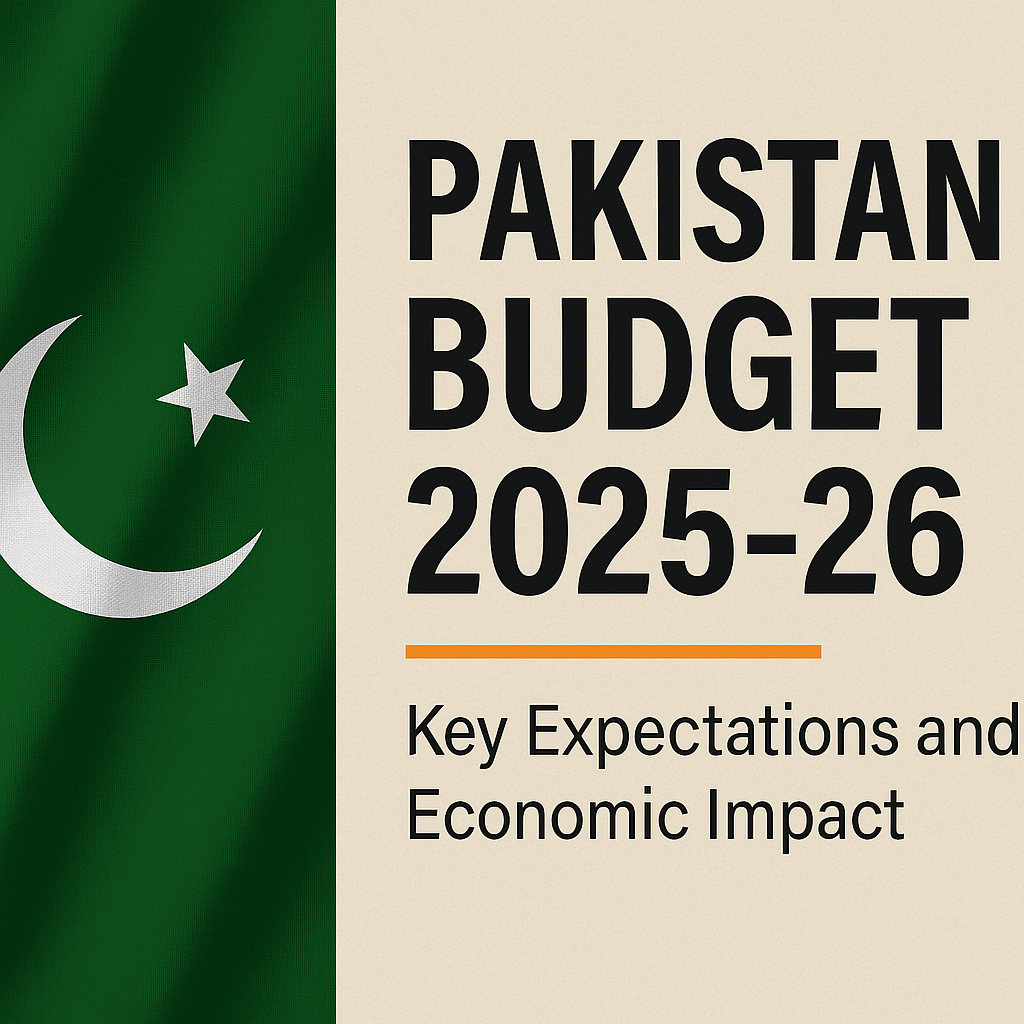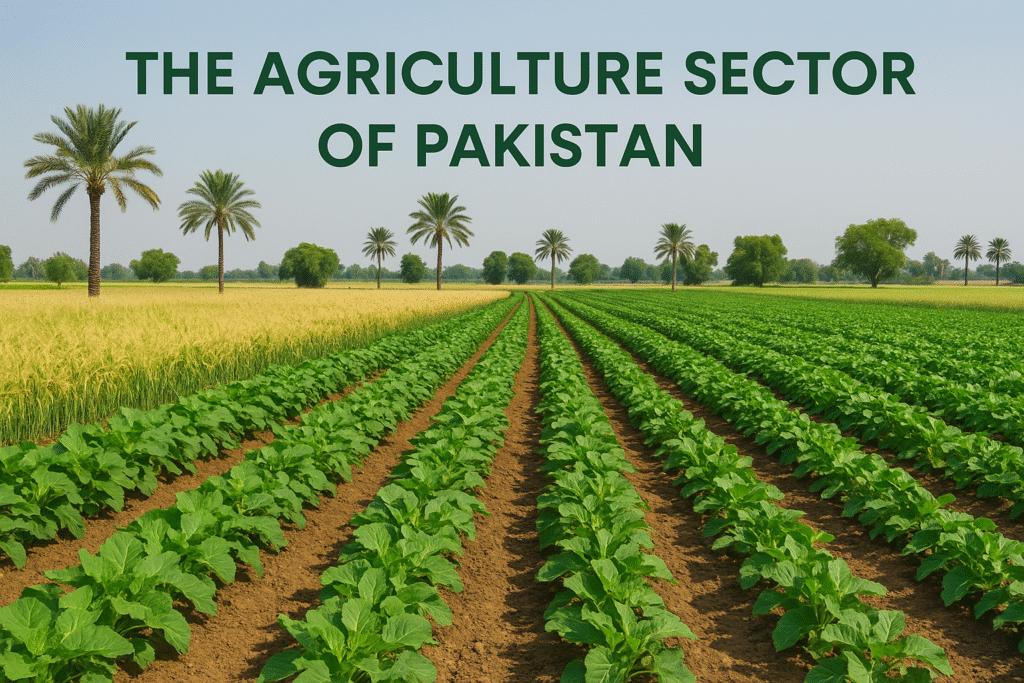Pakistan has made notable progress in improving its economic indicators during FY2024–25, as outlined in the Pakistan Economic Survey 2024–25. The improvements span across macroeconomic stability, fiscal discipline, external sector resilience, and investor confidence.
Here’s a breakdown of the key areas of improvement:
1. Macroeconomic Stabilization
- Real GDP Growth: Pakistan recorded a GDP growth of 2.68%, a turnaround from prior contraction.
- Per Capita Income: Increased by 9.7% to US$ 1,824, reflecting improved economic activity and currency stability.
- Inflation Control:
- Headline inflation dropped dramatically to 0.3% in April 2025, down from 17.3% a year earlier — a six-decade low.
- Average CPI (July–April): 4.7%, compared to 26% last year.
2. Fiscal Discipline and Surpluses
- Primary Budget Surplus: Historic high of 3.0% of GDP (July–March FY2025), compared to 1.5% last year.
- First Fiscal Surplus in 24 Years: Achieved a 1.7% surplus in Q1FY2025.
- Revenue Growth:
- Total revenue increased by 36.7% to Rs 13.37 trillion.
- Tax revenue rose by 25.8%.
- Non-tax revenue surged by 68.0%, largely due to improved collections and reforms.
3. External Sector Improvement
- Current Account Surplus: US$ 1.9 billion during July–April FY2025, reversing a deficit of US$ 1.3 billion last year.
- Foreign Exchange Reserves: Rose to US$ 16.64 billion as of May 27, 2025.
- Remittances: Reached a record high of US$ 31.2 billion, up 31.0%, supporting the balance of payments.
- Technology Exports: ICT exports increased by 23.7% to US$ 2.83 billion.
4. Monetary Policy and Financial Sector
- Policy Rate Reduction: Brought down to 11%, from a previous high of 22%, reflecting confidence in inflation control.
- Private Sector Credit: Increased to Rs 767.6 billion, from Rs 265.2 billion — a sign of revived economic activity.
5. Investor Confidence and Capital Markets
- Pakistan Stock Exchange (KSE-100):
- Gained 50.2% between July and March FY2025.
- Market capitalization grew by 38.5%, reflecting bullish sentiment.
- Credit Ratings: Upgraded by Fitch from CCC+ to B- (Stable) outlook.
6. Structural Reforms and Institutional Strengthening
- Enhanced focus on:
- Tax base expansion
- Public expenditure rationalization
- Investment in IT, renewable energy, and industrial modernization
- IMF Support:
- Successful first review under the Extended Fund Facility (EFF).
- Received US$ 1.4 billion under the Resilience and Sustainability Facility (RSF) to support climate resilience.
Conclusion
Pakistan’s economic recovery in FY2025 reflects prudent fiscal management, targeted reforms, and global financial support. The trajectory remains fragile, especially given ongoing structural challenges, but the current indicators show that the country is moving toward macroeconomic stability, investor confidence, and sustainable growth.


